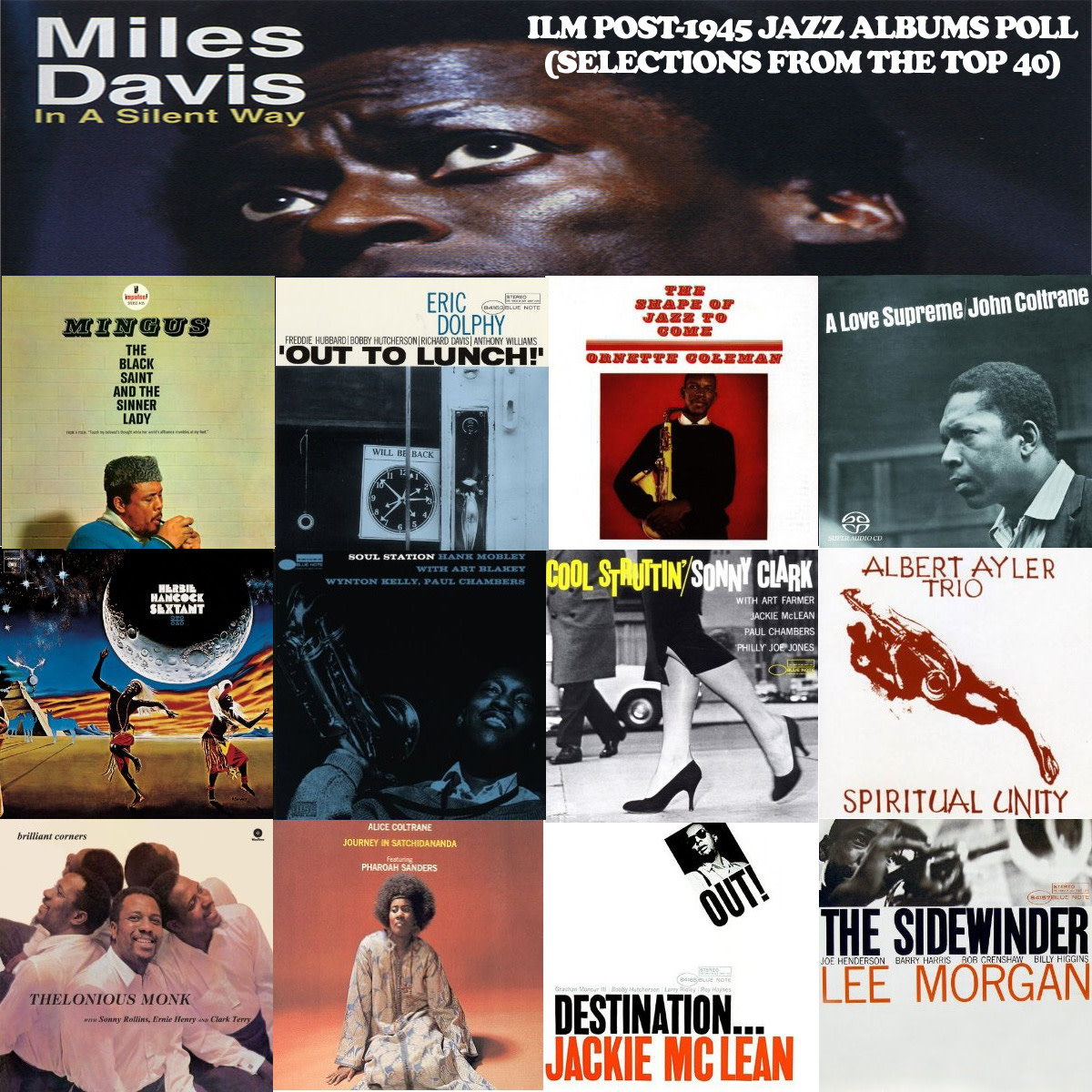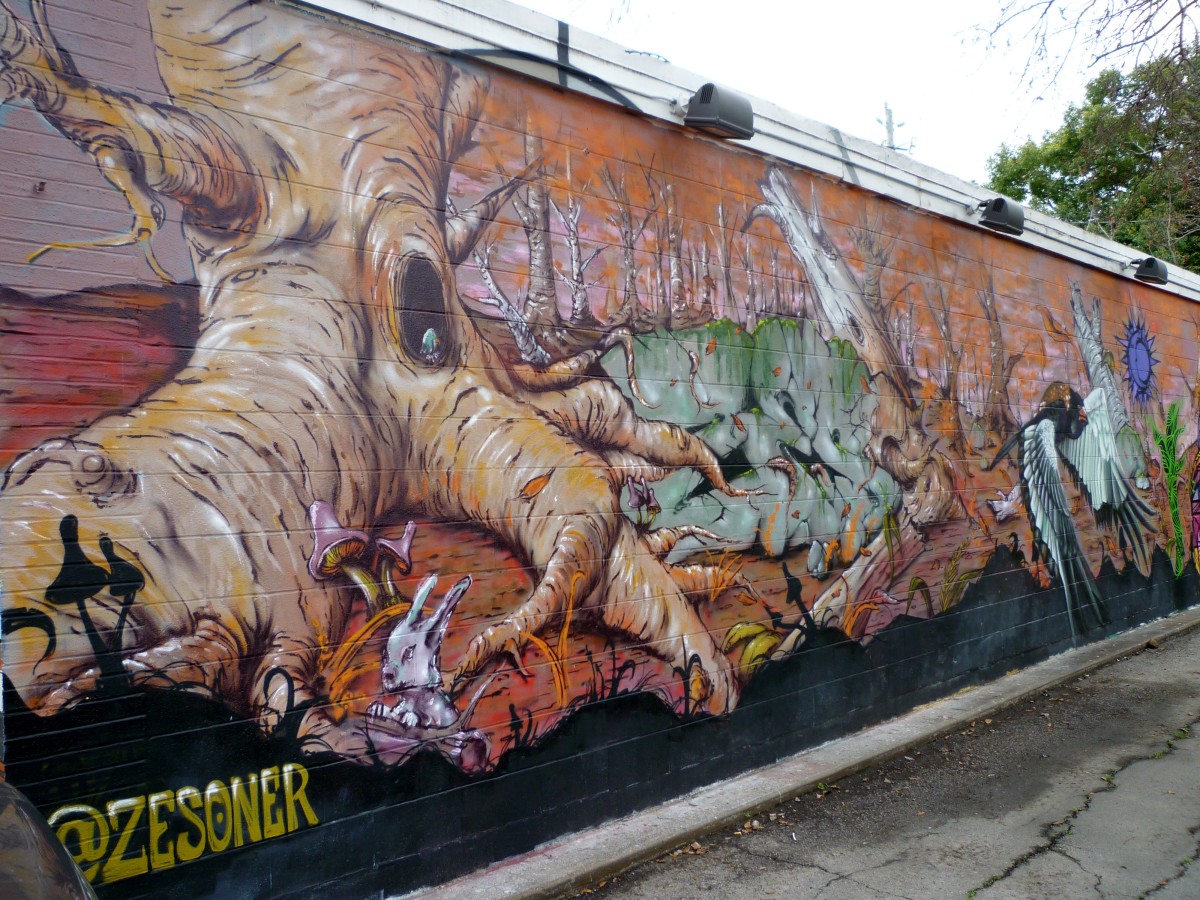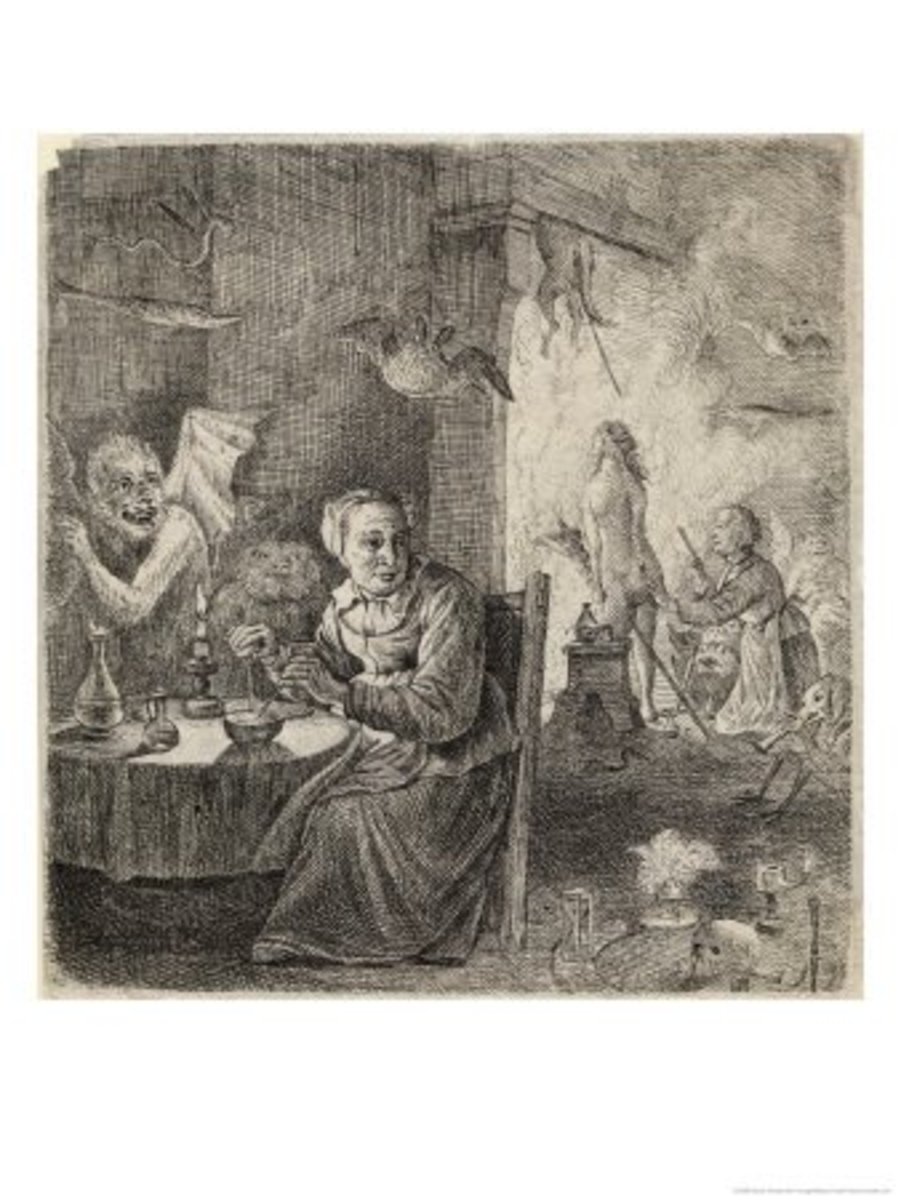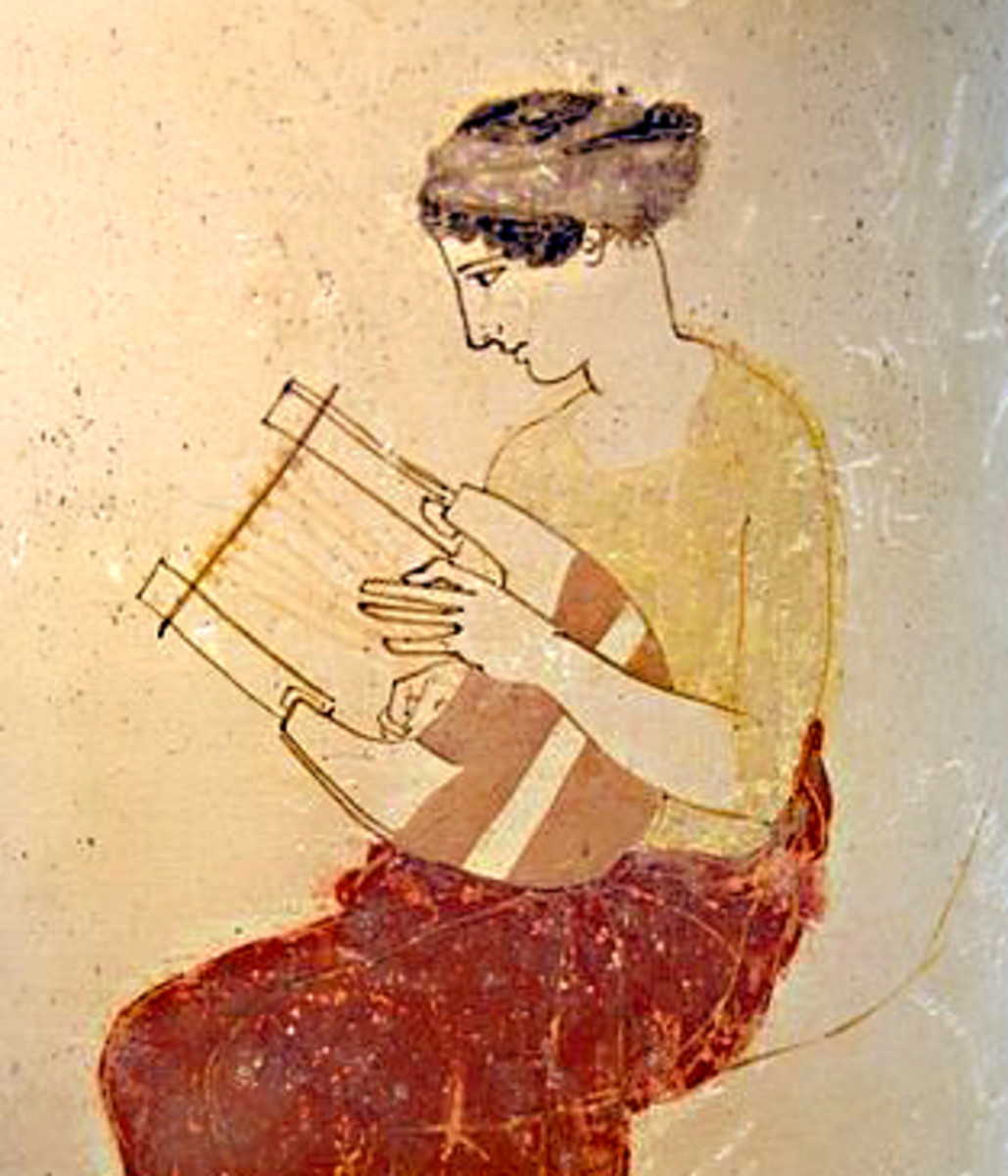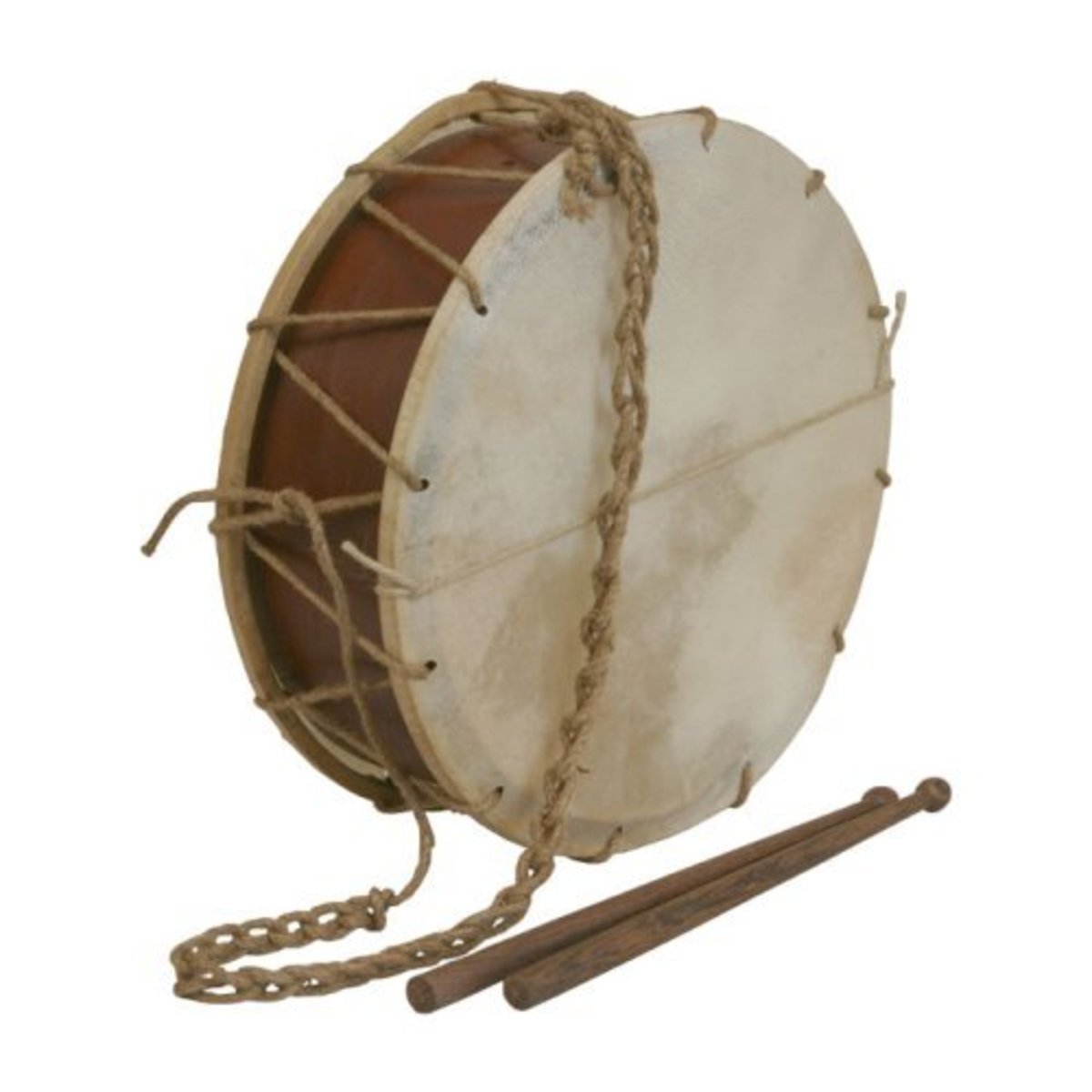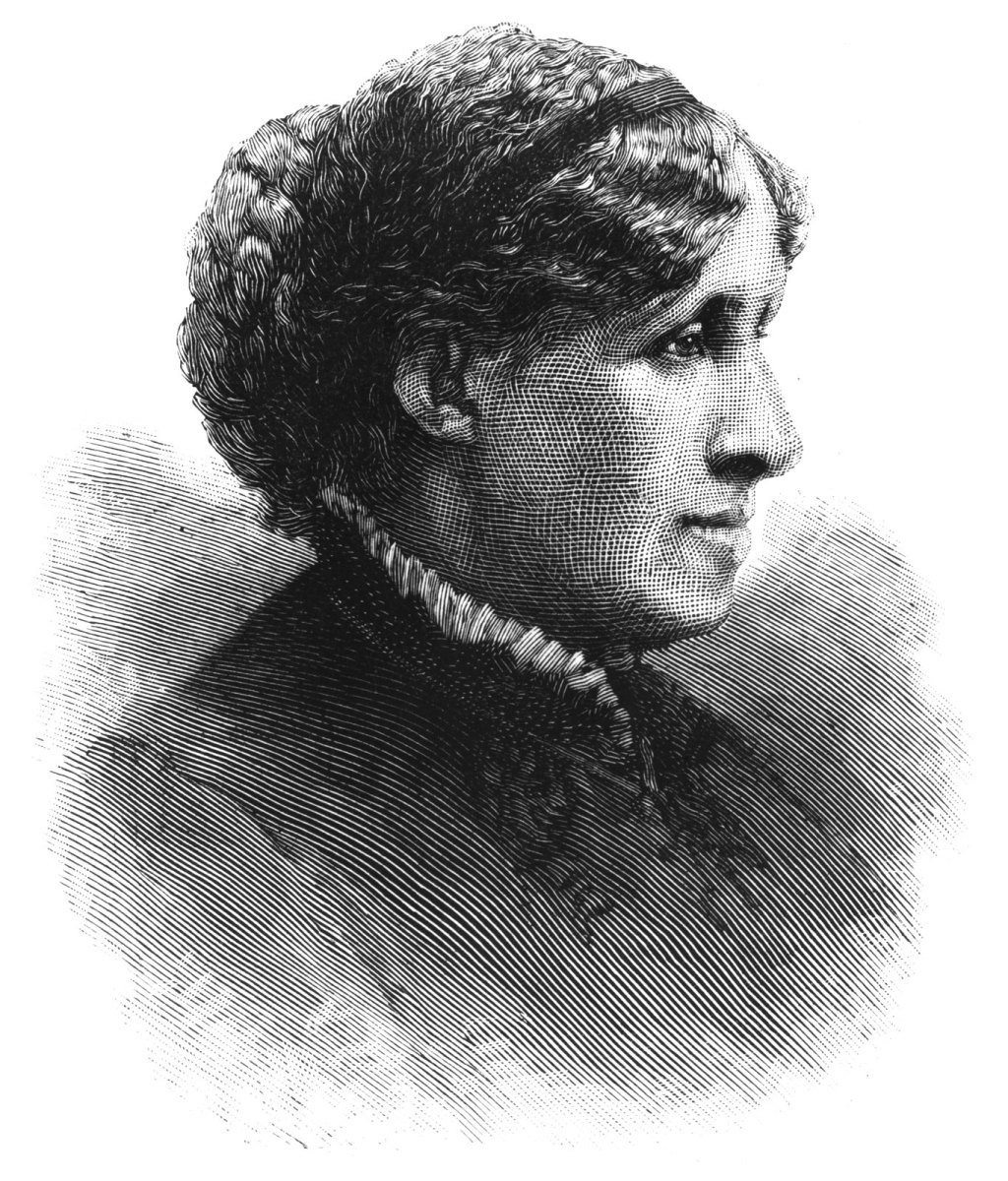The Music Salon: Past and Present
Nowadays, the word “salon” for most people living the US and UK brings to mind beauty parlors, almost exclusively dedicated to enhancing the appearance of women. As in most cases with any language, definitions and meaning of words morph from their original intent and take on new meaning in current usage, sometimes in stark contrast to their origin. In this case, the French term salon came into its most notable usage during the period of the Enlightenment (1650-1790) when aristocratic women in and around Paris began holding discussion groups in their private chambers (salons) in their homes.
At these events, women would invite friends and notable intellectuals to have discussions on philosophy, the arts, sciences, social culture and politics. This idea of this kind of intellectual forum had its origins in ancient Greece where both friends and strangers would meet in private homes where artists, poets, dancers, musicians, philosophers and historians could meet as equals and discuss areas of mutual interest.
Later, the Roman banquets developed as an offshoot of these gatherings, and evolved further in the Renaissance, bringing both the commoners and the elite together in a politically safe environment for public discourse on intellectual matters. In Italy, the salone (origin of the French term) were taking place as early as the late 1400’s in the large reception halls of mansions (sala, origin of salone), continuing through the 16th century well into the 19th century. France, Poland, Sweden and Greece had established salons in the 1600’s.
Denmark, Germany and England (with its coffeehouses) all embraced this tradition in the 1700’s, and were followed by Spain, Argentina, Czechoslovakia and Russia in the 1800’s. In France during the 18th century, there already existed an exclusive form of the salon in the formal court, but as printing and reading exploded the access to new ideas, the world of the lower aristocracy and general public founded their own non-exclusive symposia which eventually had great implications for the development of the dispossession of the monarchies of Europe. What is remarkable about the evolution of the term salon from its use in France to describe these gatherings is that the relationship to women is still intact.
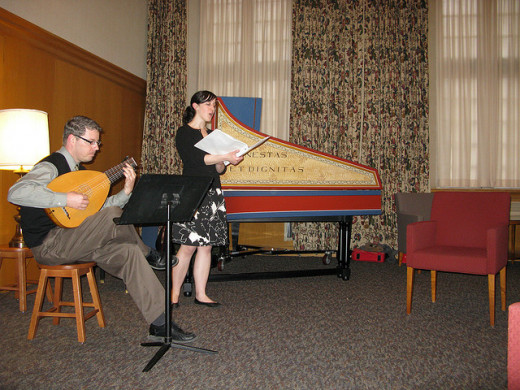
In Italy and France, these gatherings were originally designed, orchestrated, executed and regulated by women. The involvement of men was not discouraged, and because of their experience and expertise in areas of the social, cultural, artistic and scientific pursuits, they were an integral part of these events. What was happening at these events was the open and free discussion with the inclusion of women, the elite and the lower classes in an egalitarian manner, where strict rules of behavior and etiquette developed. The intellectual realm was no longer being monopolized by the male members of the ruling classes and the wealthy.
During the 19th century, the concept of the salon had spread throughout Europe, parts of the Arab world (where there had been earlier prototypes in the pre-Islam world), and to the colonial European colonies overseas. During the 20th century in the United States, this tradition began to evolve into events dedicated to a particular topic, where the music salon emerged as a continuing form. Now in the 21st century, the salon has been expanded into the virtual realm of the Internet, with international sites that use blogs and live streaming video to emulate the original concepts embodied in the famed Parisian salons.
During the 1700’s, the salons of Paris provided the opportunity for political thinkers to evolve the concepts of the liberty, equality, fraternity and the philosophical democratization of human affairs promulgated in the Renaissance which were later reflected in the actions that led to the American and French revolutions. These meetings also became the showcase and rendezvous point for local and internationally recognized musicians. Franz Liszt and Frederic Chopin were frequently in attendance during their years in Paris (early to mid-1800’s), and Chopin preferred these smaller venues for his performances (numbering only 30 in his lifetime) to the larger concert halls.
Indeed, Chopin would often give performances in his own home, and the largest concert hall in which he performed seated only three hundred. There is a style of music that also has evolved known as salon music, which is predominated by small instrumental ensembles (chamber music) sometimes including a vocalist, and is noted for its intimate quality. Wherever these salons took place, it provided a great opportunity for the participants to network, share their work and experiences with others and create a cross-cultural community that would extend outward to the larger communities.
In this way, new ideas and concepts would get their first baptism of fire, with critical discussion and reaction. Composers and musicians could meet with others from their own craft outside of the formal music academies and, in this informal setting, have freewheeling discussions and impromptu improvisational performances or “battle of the virtuosos” performances which now occur in our current culture in the form of “Jam Sessions” or “Battle of the Bands” concerts.
Part of the original concept of the salons was for the hostess (salonnières) to improve their education and get a wider perspective of life in their times, and the same effect would be experienced by all the participants, regardless of their area of expertise. Political thinkers and authors would experience the artistic expressions of those in the performing arts, and the artistes would become more aware of and sometimes radicalized by the political thinkers and authors.
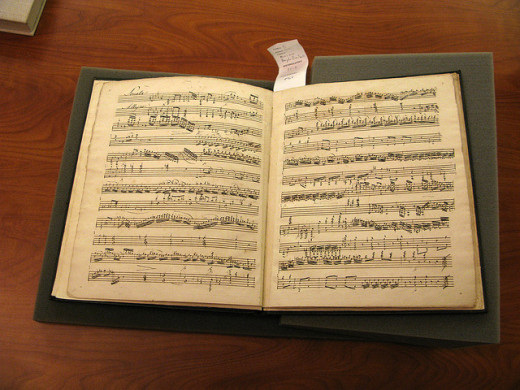
The current trend and re-emergence of the popularity of the music salon has two principal motivating factors. The commercial music industry has a stifling effect on creativity, as its focus is on secure revenue, and not on risk. Although new smaller independent music companies have evolved which record and distribute new music from relatively unknown performers, there is a need for venues in which to allow the public to participate in live performances by these new artists.
These smaller venues are sometimes linked with non-profit institutions and charge lower admission fees, or in some cases, a fee is not required, but in its place, a donation is encouraged. “Meet the Composer/Performer” events are often associated with these non-profit events, and the effect is very much like what occurred in the early days of the salon, where non-musicians can engage in conversation with musicians after the performances.
Another factor in creating the need for the music salon is the trend of “pay to play” policies that emerged in the performance venues in Los Angeles during the 1980’s and has spread throughout the metropolitan areas in the United States and United Kingdom. Venues (particularly nightclubs) found that their risk of loss on the slower nights of the week could be alleviated if they placed the burden of cost on the performer.
This way, regardless of the attendance in the club, the owners would not suffer any losses to operate the club and provide entertainment. For the performers, they were now burdened with paying a fee to the owners (or taking no pay) to be able to get a date at a performance venue for their work, and would only make money if the attendance to their performance exceeded the cost of their pay-to-play fees.
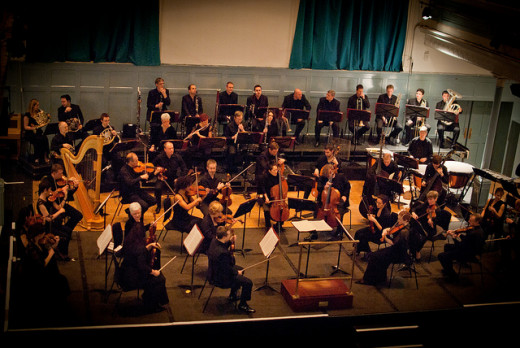
As a result, performers have organized to provide concerts in their private homes, apartments and other venues that they can use at little or no cost. They use all available means of publicity (particularly their websites and e-mail lists), request donations and often will be able to sell their CD’s at these concerts to help maintain a living wage and to promote their work in the general population.
These occasions most resemble the prototype of the salon; the fact that a live performance allows for face-to-face communication distinguishes it from the other Internet based virtual salons. This is truly interactive, as it requires literal attendance by all the participants and also helps to revitalize the increasingly diminishing opportunity to see live music in a public setting.
References:
- http://en.wikipedia.org/wiki/Age_of_Enlightenment#Social_and_cultural_interpretatio
- http://en.wikipedia.org/wiki/Salon_(gathering)


